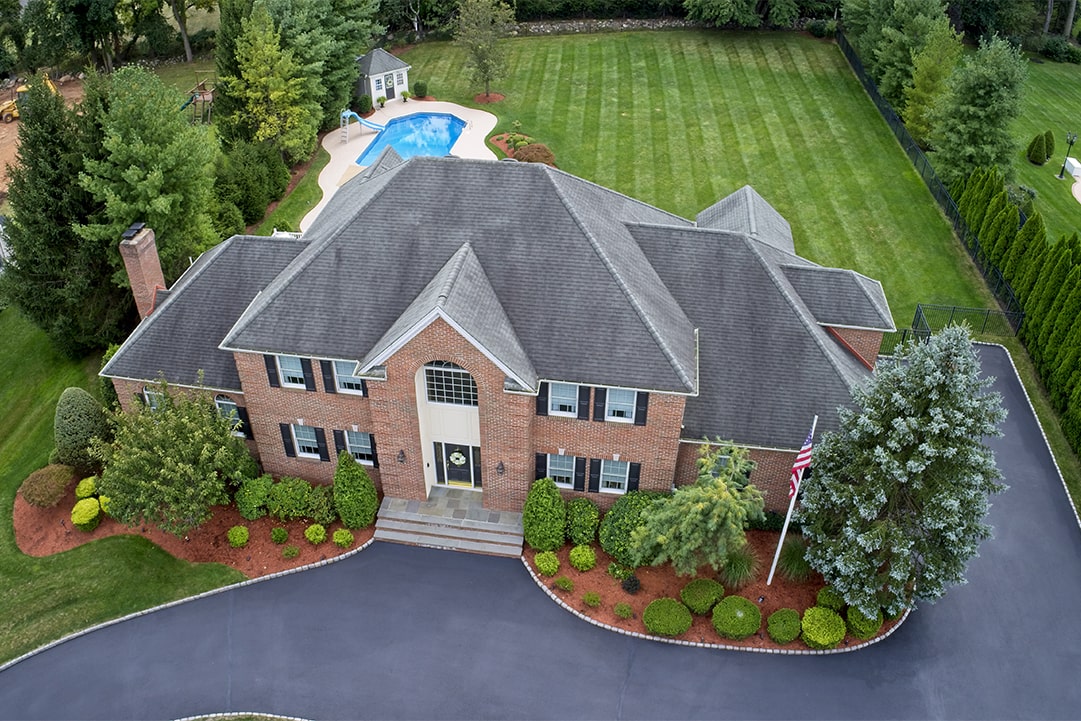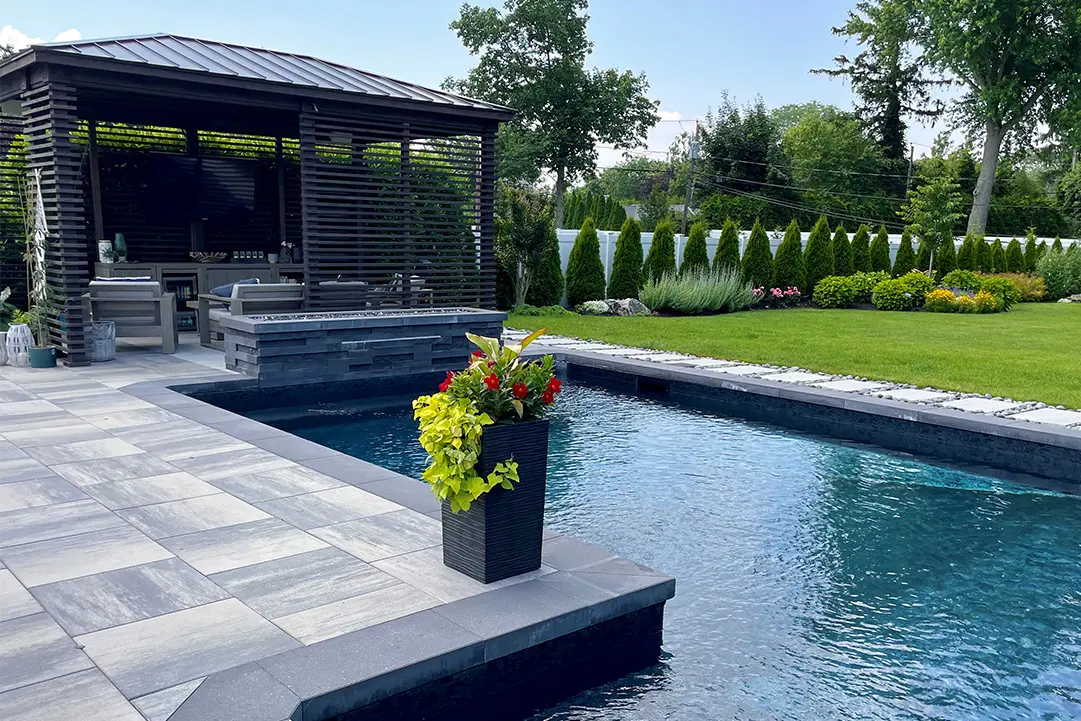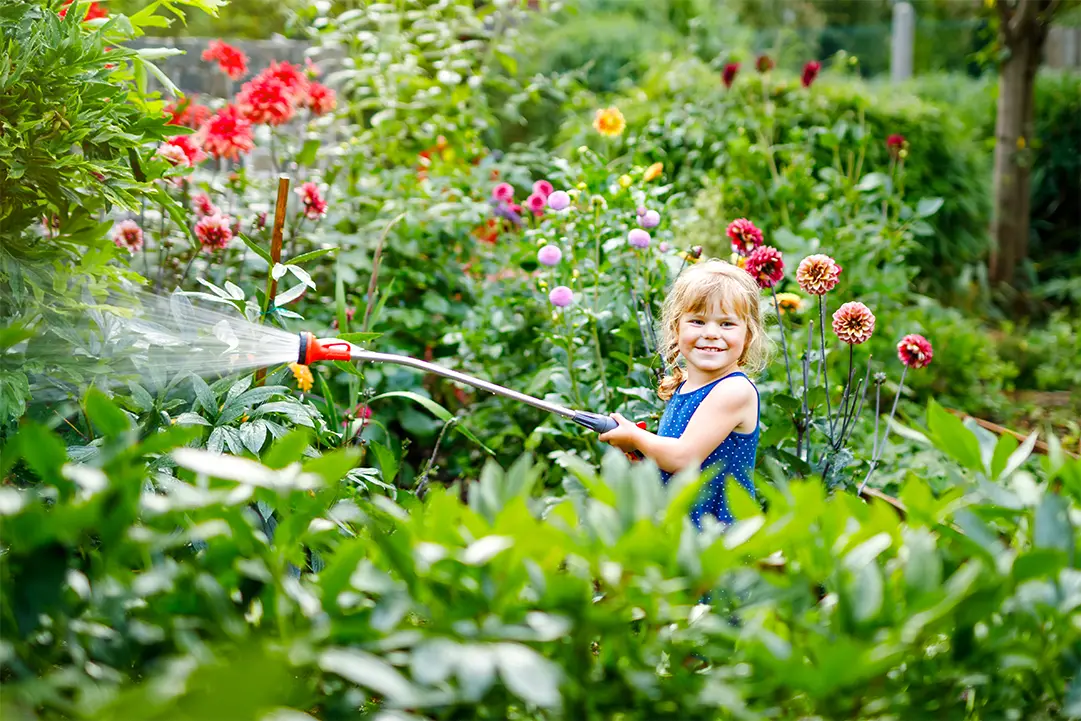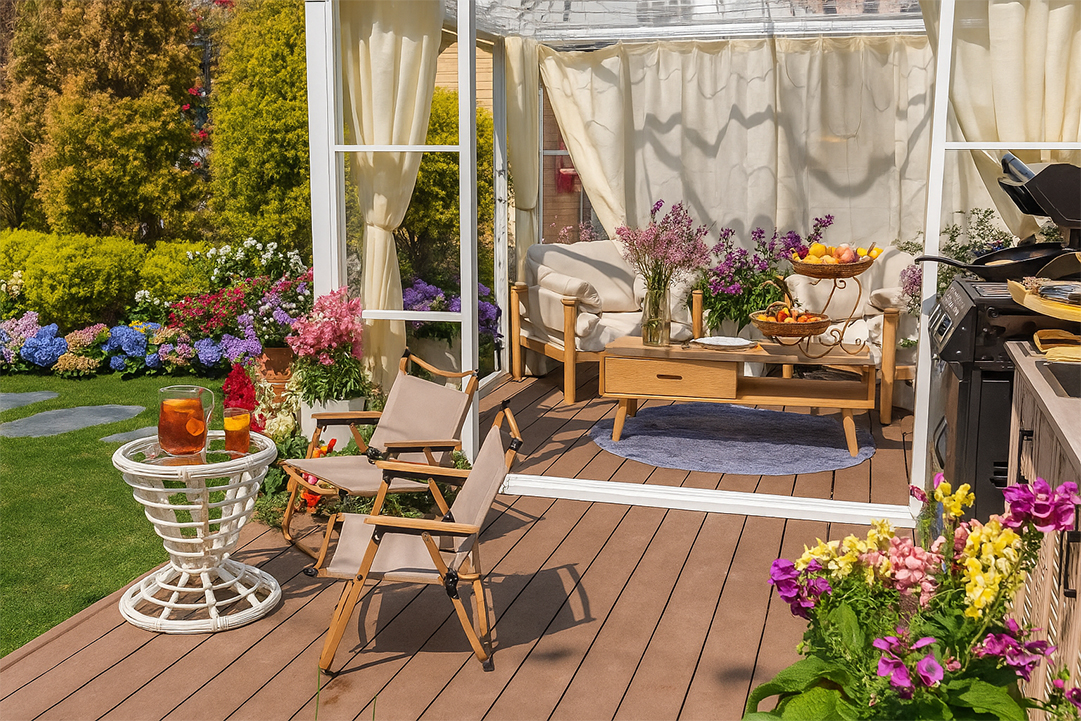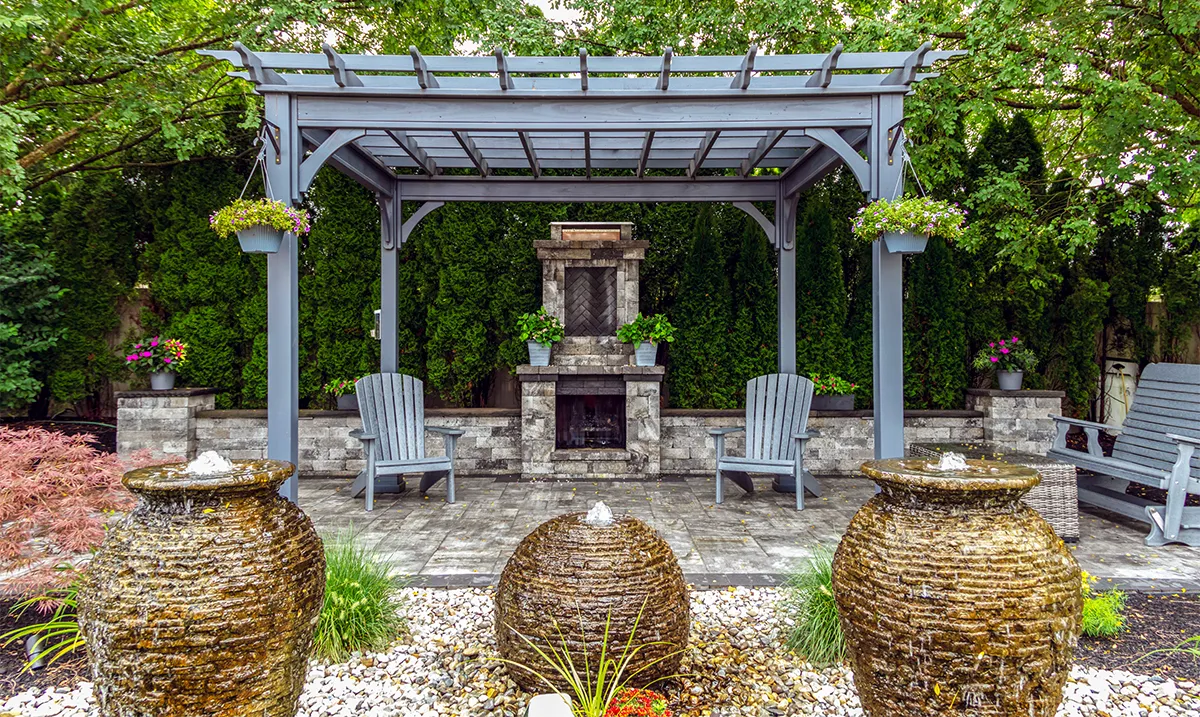When you spend money to upgrade your home, you want the results to last. There’s nothing more satisfying than seeing your investment in a well-designed landscape pay off, not just in the short term, but for many years to come—and perhaps even further down the road if you decide to sell your home.
Designing and building a landscape with longevity in mind is a different approach than adding one-off features on a whim. It takes planning, poise, and an underlying passion for creating the perfect outdoor space in all facets, including:
Hardscaping
Hardscape elements such as patios, walkways, and retaining walls require professional expertise. These usually aren’t the jobs to DIY. The base is the most critical part of constructing any hardscape. We typically start with a deep layer of compacted gravel that provides stability and facilitates proper drainage. This layer needs to be thick enough to prevent the substrate from mixing with soil and to withstand the pressure of foot traffic and furniture without shifting. For example, a patio built with a well-compacted gravel base will resist shifting and cracking, whereas a poorly prepared base might settle unevenly, leading to costly repairs.
Over the gravel, a layer of sand creates a flat, even surface on which to lay pavers or other surface materials. The sand is fine enough to fill the gaps in the gravel but coarse enough to maintain drainage. Installation techniques such as interlocking pavers add to the longevity by distributing load and reducing the likelihood of shifting. For walkways and patios, using a locking edge, like metal or plastic edging, can prevent the pavers from drifting apart over time. Regular assessment and maintenance, such as checking for cracks or signs of sinking and addressing these issues promptly, can further extend the life of your hardscaping.
Material and Plant Selection
The materials and plants you choose need to be based on far more than aesthetics. That said, the visual aspect is always at play. It’s a balancing act.
Hardscape materials must withstand the elements without compromising on style. Porcelain tiles, known for their durability and low moisture absorption, are excellent in harsh winters. For a more natural appearance, consider using native stone, which integrates seamlessly into the surrounding environment but may require periodic sealing to maintain its condition. This process protects the stone from moisture penetration and weather-related wear, ensuring that it remains an integral and visually appealing part of your garden for years to come. Sealing is a straightforward maintenance step that significantly extends the life and beauty of stone installations.
In New Jersey, where weather varies dramatically through seasons, choosing native plants for your garden is key to a sustainable landscape. These plants are naturally adapted to the local climate from the hot, humid summers to the cold, wet winters, requiring less water and fewer chemical treatments. Species like the Eastern Red Cedar or the Black-eyed Susan are ideal as they are drought-resistant, support local wildlife, and help maintain the ecological balance. Incorporating native flora not only simplifies maintenance but also enhances the beauty and health of your garden.
Additionally, the right soil amendments and mulch can greatly impact plant health. Organic mulches like wood chips enhance soil quality and moisture retention, while strategic use of inorganic mulches like pebbles can add texture and color to your landscape.
Practical Design
Designing for lasting beauty in your landscape requires a strategic approach that considers both immediate appeal and the long-term development of your garden. We begin by thoughtfully selecting the location and spacing of trees and shrubs, considering their growth patterns and mature sizes. Foresight prevents future overcrowding, minimizes maintenance, and ensures that each plant has enough space to thrive.
It’s also nice to incorporate a diverse mix of plant types to achieve visual interest throughout the year. For instance, we might integrate evergreens to provide a constant backdrop of green, complemented by the seasonal color of flowering perennials and the unique textures of annuals. Positioning flowering perennials along pathways or in focal areas maximizes their impact and guides the experience through the space.
Pathway design is also crucial in a functional landscape. You’ll want to choose durable materials such as flagstone or reinforced pavers, which can withstand high traffic without deteriorating. We can arrange these materials in patterns that enhance water permeability and reduce runoff, such as permeable paving or grid layouts. These designs not only support effective water management but also contribute to soil health by reducing erosion and allowing rainwater to replenish the ground.
Finally, it’s important to consider the user experience. Walkways should be wide enough to comfortably accommodate movement, gently curving to create an inviting path that encourages exploration and interaction with the garden. Each element should serve both a functional purpose and an aesthetic role, enhancing the overall usability and beauty of the landscape.
Essential Features
Integrating functional features such as lighting, irrigation, and drainage systems into your landscape design from the outset helps enhance the functionality and safety of your outdoor space.
Thoughtfully planned lighting plays a crucial role in security by guiding pathways and illuminating gathering areas. Strategically placed lights can accentuate architectural details of your home and highlight the natural beauty of key garden elements, creating a dramatic effect that enhances the landscape’s nighttime appeal.
Efficient irrigation systems maintain a healthy landscape while conserving water. A drip irrigation system is ideal for beds and shrubs as it delivers water directly to the roots where it’s needed most, reducing evaporation and runoff. For lawns, consider implementing zone-specific settings that adjust the amount of water based on the type of vegetation and its specific water needs. A tailored approach prevents overwatering, promotes healthier plant growth, and potentially reduces your water bill.
Proper drainage prevents water accumulation that can lead to plant diseases and structural damage. Effective drainage solutions, such as French drains or properly graded soil, ensure that excess water flows away from hardscapes and garden areas, protecting your investment in both the plant life and hardscaping elements of your landscape. Planning for drainage from the beginning of your project can save costly repairs and modifications later on.
Economic Considerations
Investing in quality pays off in the long term. For example, choosing high-grade steel for garden edging might be more expensive upfront but will outlast cheaper alternatives, avoiding the need for replacements. Similarly, investing in professional landscape design services can prevent expensive mistakes and ensure that your landscape is both beautiful and functional.
Consider the total cost of ownership when planning your landscape. Calculate not just the initial installation costs but also long-term maintenance, repair, and possible replacement costs. Doing so will provide a more accurate picture of the value of your investment.
Ready to get started with your long-term, picture-perfect landscape design? Contact High Tech Landscapes today for an initial consultation. We’re here to help you make the right decisions for your outdoor space and lifestyle.
